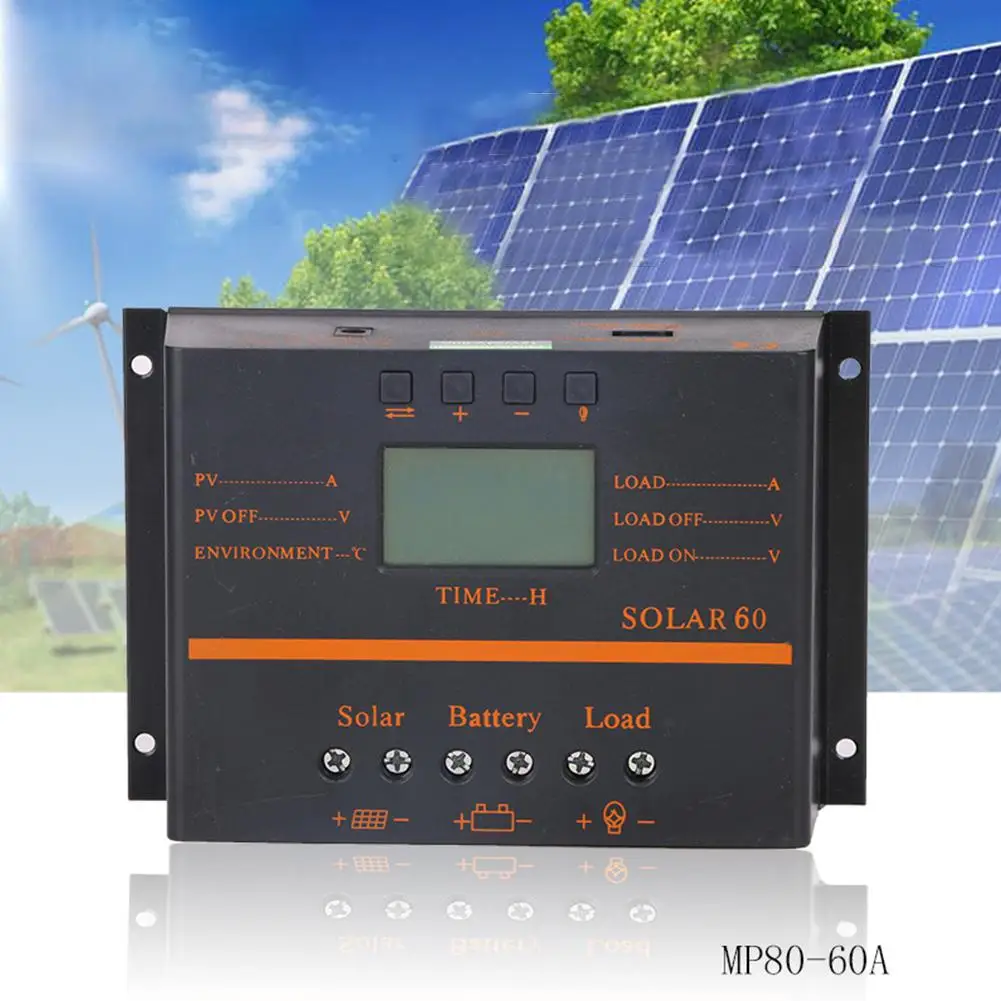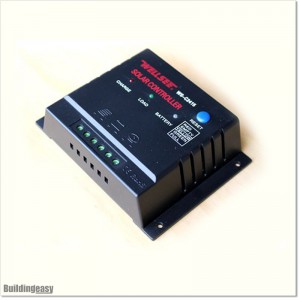
The battery provides power to the controller so always make sure that solar and loads are disconnected before connecting or disconnecting the battery from the controller. When disconnecting, you reverse that order. When installing a solar charge controller, it is recommended that you connect and disconnect in the following order: The first solar charge controller schematic below (Figure 1) illustrates how a solar charge controller is connected to power a direct current (DC) load, and the second one (Figure 2) pertains to an alternating current (AC) load. Need to learn more about solar charge controllers? Visit our solar charge controllers FAQs. We continually strive to keep our quality and reliability at an industry-record high.

If your solar system's volts were 12 and your amps were 23, you would need a charge controller with at least 23 amps. You typically want to make sure you have a charge controller that is large enough to handle the amount of power and current produced by your panels. MPPT controllers cost between about $100 to $700.Ĭharge controllers are sized based on the solar array's current and the solar system's voltage. They are more expensive than PWM charge controllers. The main drawback of using MPPT solar charge controllers is their cost. MPPT solar charge controllers are also ideal for situations where the solar array voltage is higher than the battery voltage. They perform best when the battery is in a low state of charge. They are suitable for larger systems where the additional energy production is valuable. MPPT solar controllers perform better in cold, cloudy environments. This higher efficiency can help increase the life of your battery bank. MPPT charge controllers are actually 94-99% efficient with this method.

MPPT technology “finds” the maximum operating point for the panels’ current and voltage under any given condition. This drop in voltage equates to a loss in wattage, which results in 75-80% charging efficiency.

PWM controllers are more basic in the sense that they drop the voltage coming from the solar panel(s) to the batteries. There are two charge controllers to consider: Pulse Width Modulation controllers (PWM controllers) and Maximum Power Point Tracking controllers (MPPT controllers). What is the difference between MPPT and PWM charge controllers (MPPT vs.They also offer other essential functions, such as overload protection, low voltage disconnects, and block reverse currents. This helps preserve the life and health of the batteries. solar panel charge controllers also prevent battery drainage by shutting down the system if stored power falls below 50 percent capacity and charging the batteries at the correct voltage level. The solar charge controller sits between the energy source and storage and prevents overcharging batteries by limiting the amount and rate of charge to your batteries. The only exception to needing a solar charger controller is if you have small panels smaller than five watts. Smart solar charge controllers are a critical part of solar installations.


 0 kommentar(er)
0 kommentar(er)
